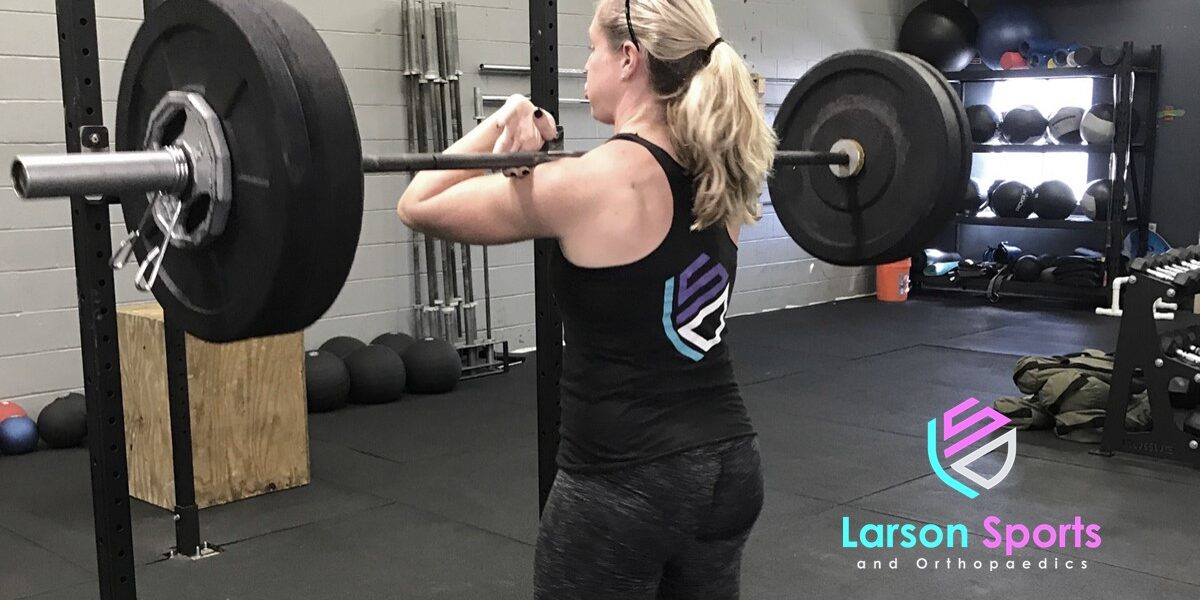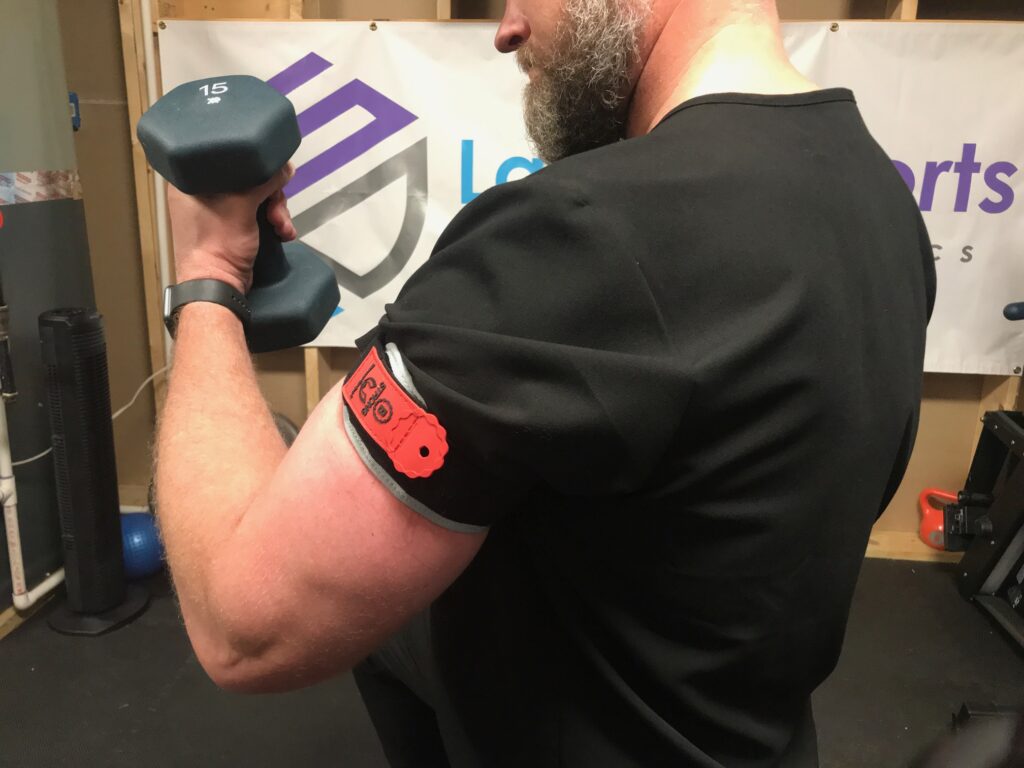Bodybuilders have talked about the mind-muscle connection for a while now. And of course, if one person has an opinion on training, you’ll have another person that calls it a myth. And if there is one thing I love to do, it’s busting fitness myths!
But what if it’s more than just a bro-science myth? We know that there is a strong connection between your mental and physical health. So why not the mental and physical aspects of training?
We’ve previously discussed self-talk, both positive and negative, and its importance for your athletic performance. But can the same sort of mind-body connection apply to other aspects of your training? Like weight training: Can your mindset while lifting weights improve your gains?
How Focus Can Improve Training
Brad Schoenfeld, one of the top muscle hypertrophy experts and researchers, did a study to investigate these ideas. And indeed, this study helped show that your mindset during exercise can improve your results.
They had half the people in the study follow the bodybuilders’ trick: focus on feeling the muscle you are working throughout the entire lift – all the way up and down. The other half of the people simply focused on the end result: just get the weight up. And what were the results?
Focusing on feeling the muscle work through the entire lift resulted in nearly double the expected muscle gain…
B. Schoenfeld, ejss 2018
Well, focusing your mind on the muscles you want doing the work had a major effect on the hypertrophy of the muscles themselves. After just eight weeks the people who focused on feeling the muscle throughout the entire lift had nearly DOUBLED the biceps size increase compared to the other people. That’s a 12% increase in muscle size compared to only 6%.
Interestingly though, this did not result in a statistically significant difference in strength between the groups. And it didn’t’ seem to improve quadriceps size in the same way it worked on the biceps.
How The Mind-Muscle Connection May Help Improve Your Physique
Dr. Schoenfeld’s team also perform a study focused more on the mechanism behind this phenomenon. They had trained weight lifters focus on different muscles during benchpress. And they used an EMG to measure the amount of muscle activation in the pectoralis and triceps during benchpress.
What they found was interesting: Trained lifters were able to increase triceps activity during benchpress to a significant degree simply by focusing on those muscles. But focusing on the pectoralis did not increase their activation to a measurable degree.
Why not? Well, these tests were done at 80% of their 1-RepMax weight. What seems to be happening is that your primary movers (chest muscles) are already fully activated during a heavy lift. But the secondary muscles, the triceps, still had some gas in the tank, and focusing on them could improve their function.
Mind Over Matter (to a certain extent)
We see this theory borne out in another study. In this one, they used trained football players doing benchpress at half their maximum weight. And in this case, they saw that you could indeed change to activation of both the pectoralis and the triceps simply by thinking about it.
So why did this study get different results? Why could the football player get better activation of different muscles just by focusing on them? Is it because they are highly trained athletes, in tune with their bodies? Probably not.
Because the study of football players has a key difference from the Schoenfeld study. The football player were best able to change the activation of the different muscles when lifting less than maximum. But the Schoenfeld study looked at people lifting near their max.
The football players could only increase the activation of certain muscles when lifting about 50% of their max bench press. But as the weight increased, they lost this ability.
At 80% of their max, they couldn’t increase the activity of their triceps through focus and attention. Why? Simple: they were already using pushing their triceps to the max.
How To Use The Mind-Muscle Connection
The mind-muscle connection is real. And it seems that as you train your body, you improve that connection.
This effect disappears as you get closer to your maximum lift though. This is most certainly because your max lift is just that – the maximum you can lift.
But if you feel have asymmetry or feel like one area is falling behind, a mental focus on them while lifting can help to maximize their effort as well as their gains in strength and size.
But how do you best use the mind-muscle connection?
- Use weights around 50% of your max lift. You want to be able to do 8-12 reps.
- Use an isolation lift, typically involving motion only at one or two joints. These include biceps curls, triceps extensions, bench press, squat or similar.
- Focus your mind on feeling the squeeze and activation of the muscle throughout the entire lift
- Keep your focus on feeling that muscle do the work both up and down, squeezing as you lift and keeping it tight as you lower the weight.
- This has been shown to greatly improve the growth of specific muscles, in some cases growing them nearly twice as fast as regular lifting techniques.
Unfortunately you can’t improve the physical limits of your muscles just by focusing on them. But you can change which muscles you are using during a lift, thus training it better.
So the mind-body connection may be most useful for bodybuilders or others looking to achieve muscle hypertrophy (growth) rather than just strength. And it can also help you rebuild specific muscles if you had an injury, surgery, or just imbalance from one side to another.
References
Differential effects of attentional focus strategies during long-term resistance training
Effect of verbal instruction on muscle activity during the bench press exercise
Importance of mind-muscle connection during progressive resistance training



